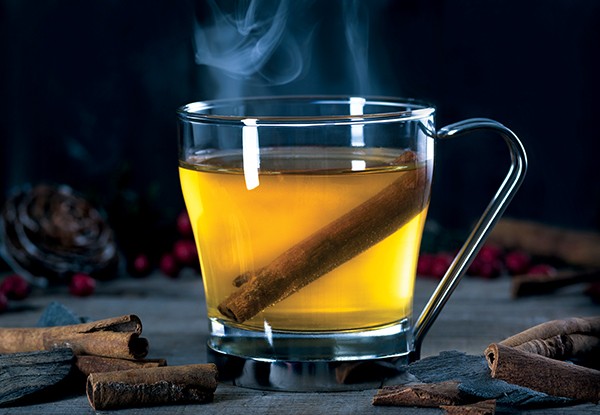It’s hot toddy time. And no, I’m not referring to Ole Miss’ dismal football season, which ended with a 35-point home loss to Mississippi State. I’m talking toddies, the only manmade concoction that makes having a cold — or, for that matter, being cold — palatable. The drink that Oxford’s most famous resident (move over, Hugh Freeze) relied on, seemingly whenever the thermometer dipped below 50 degrees.
William Faulkner’s hot toddy recipe has been making the rounds on social media, thanks to a well-timed mention in last month’s Town & Country magazine. According to the Nobel Prize-winning author’s niece, Dean Faulkner Wells, “Pappy alone decided when a hot toddy was needed, and he administered it to his patient with the best bedside manner of a country doctor. … It never failed.”
 Jeff Wasserman | Dreamstime.com
Jeff Wasserman | Dreamstime.com
Faulkner made his toddies with Heaven Hill or Jack Daniel’s, but historically, the tincture is made with whatever might be handy. Brandy, rum, or even a liqueur can suffice for the whiskey. The recipe is simple: a shot of alcohol, a teaspoon of sweetener, fresh lemon, and boiling water, poured over a spoon so that the serving glass doesn’t crack. In some regions, a cinnamon stick is de rigueur; in others, it’s sacrilege.
Hot toddies, however, existed long before Faulkner walked Oxford’s town square. The drink harkens back to 18th-century Edinburgh, Scotland, where a spring called Tod’s Well bubbled up at a location called Arthur’s Seat. Mixologists and food historians universally agree that the toddy was popularized because circa-1700 Scotch tasted disgusting. The only way Scots could get it down the hatch was to dilute it with water and add sugar and herbs to mask the bitterness.
Today, hot toddies are a welcome adult alternative to Theraflu, NyQuil, or any of the dozens of nighttime cold and cough medications on the market. Like a steaming mug of tea, the hot toddy opens nasal passages and promotes mucous secretion. It’s even better than tea, because alcohol dilates your blood vessels, allowing your mucus membranes to work their magic. The alcohol also acts as a sedative. It relaxes you, inhibits your cough, and helps you drift off to sleep. That last part is important — your body needs downtime to fight off a cold. Too much alcohol, though, and your nasal passages will dry out, leaving you to feel even worse in the morning.
Take heart, drinkers: The results of a 1993 Carnegie Mellon study of 391 subjects who were intentionally exposed to one of five respiratory viruses showed that moderate drinkers are associated with a decreased risk for developing colds. I know that in my poorly insulated Midtown house, I like to drink toddies preventatively during wintertime. On particularly gloomy and dank nights, it chases the cold from my bones.
And when you’re sick enough for a toddy, making one is easier than getting a childproof cap off a bottle of cold medicine. Just pour a shot of whiskey into a microwavable mug, add a teaspoon of honey, squeeze half a lemon into the mug, and top off the mug with hot water. Zap it in the microwave for a minute, repair to your bed, and sip.
If you want to get fancy, add a cinnamon stick or stud your lemon slice with cloves. Or take Faulkner’s cue, and serve your hot toddy on a silver tray. According to Wells, her uncle always advised his patients to drink it quickly — no doubt to chase it with another one in between the coughing spells.